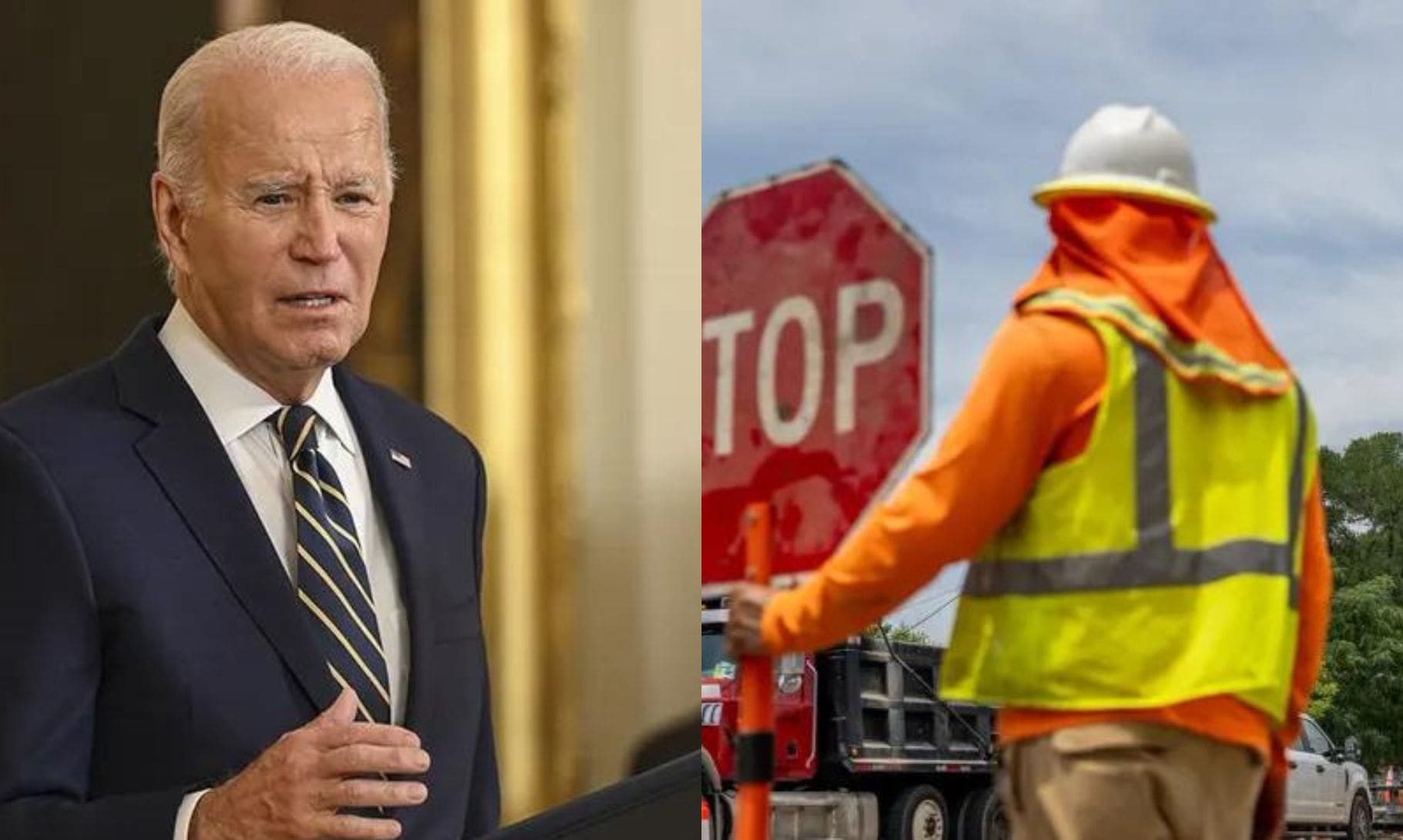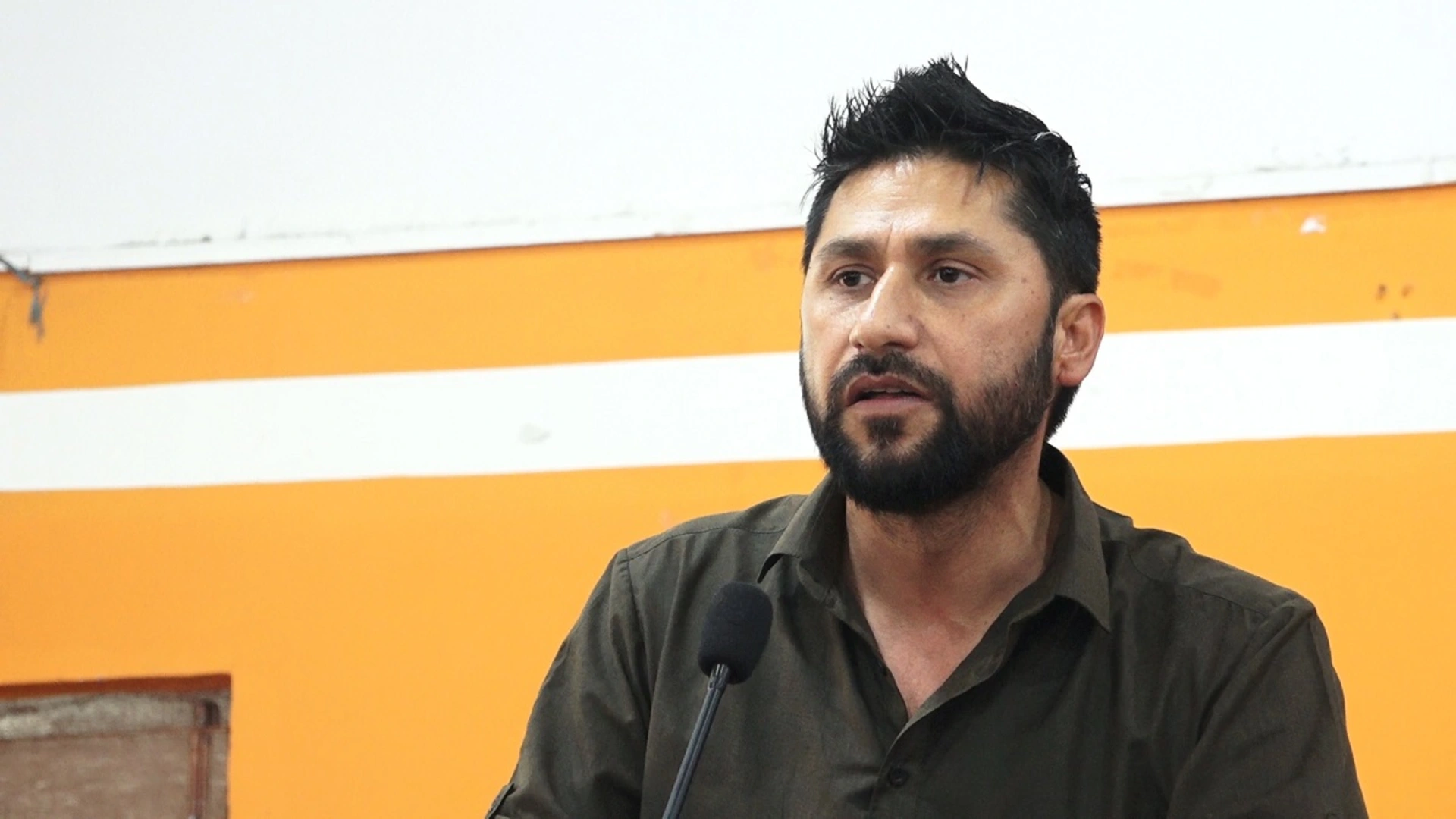The US President Joe Biden’s administration has proposed new rules to protect workers from extreme heat, setting the first federal safety standard for such conditions which were announced on Tuesday. These rules aim to protect up to 36 million indoor and outdoor workers by requiring employers to follow specific heat safety practices.
With temperatures rising across the country, the new rules include appointing heat safety coordinators, providing heat safety training, creating and updating emergency heat response plans, and ensuring workers have access to shade and water. New workers would also gradually get used to high temperatures to prevent heat-related issues. This is important because most heat-related worker deaths happen during the first week on the job.
The proposal includes specific safety measures for different heat levels. When the heat index is over 80°F (27°C), employers must ensure workers have more water and access to air-conditioned break rooms. If the heat index reaches 90°F (32°C), additional steps are required, such as giving workers 15-minute break every two hours, monitoring employees, and issuing hazard alerts. Employers who do not comply could face significant fines, much higher than the current $16,000 penalty under Occupational Safety and Heath Administration’s (OSHA) general-duty clause.
Extreme heat is the deadliest weather-related hazard in the US, killing hundreds each year. OSHA’s proposed rule aims to protect workers like delivery drivers, mail carriers, construction workers, and farm laborers, significantly reducing heat-related injuries and deaths. Between 2011 and 2021, there were 436 workplace heat deaths in the US, though experts believe the actual number is higher.
This rule is the result of years of effort by climate and labor groups. OSHA started working on it in 2021 and submitted it to the Office of Management and Budget last month. The rule will be enforced across the US, including in states like Texas and Florida that currently block local heat safety laws. The 22 states with their own OSHA rules will need to meet or exceed the federal standard.
Even though this proposal is a significant step forward, the Biden administration expects difficulties in implementing it, especially if there is a change in political leadership after the next election. Additionally, businesses and lobbying groups are likely to challenge the rule legally.
This proposal is part of a larger effort to tackle heat and climate issues. Federal Emergency Management Agency (FEMA) has announced $1 billion in funding from the 2021 bipartisan infrastructure law for 656 projects to address climate threats like heat, storms, and floods. These projects include improving stormwater runoff in Philadelphia, building a flood drainage channel in Goldsboro, North Carolina, and creating shaded bus stops in Washington, D.C. At least 40% of this funding will go to disadvantaged communities.
The EPA is also releasing a report showing the increasing impacts of the climate crisis on US communities and ecosystems. The report notes that the average US heatwave season is now 46 days longer than in the 1960s, and heatwaves in major cities last about four days on average, which is a day longer than in the 1960s.
While the Biden administration has not declared a climate emergency, which would provide significant emergency powers, experts believe that to address the climate crisis, the US needs to quickly reduce fossil fuel production. In 2023, the US set a record for oil and gas production, highlighting the challenge of balancing energy needs with climate action.







